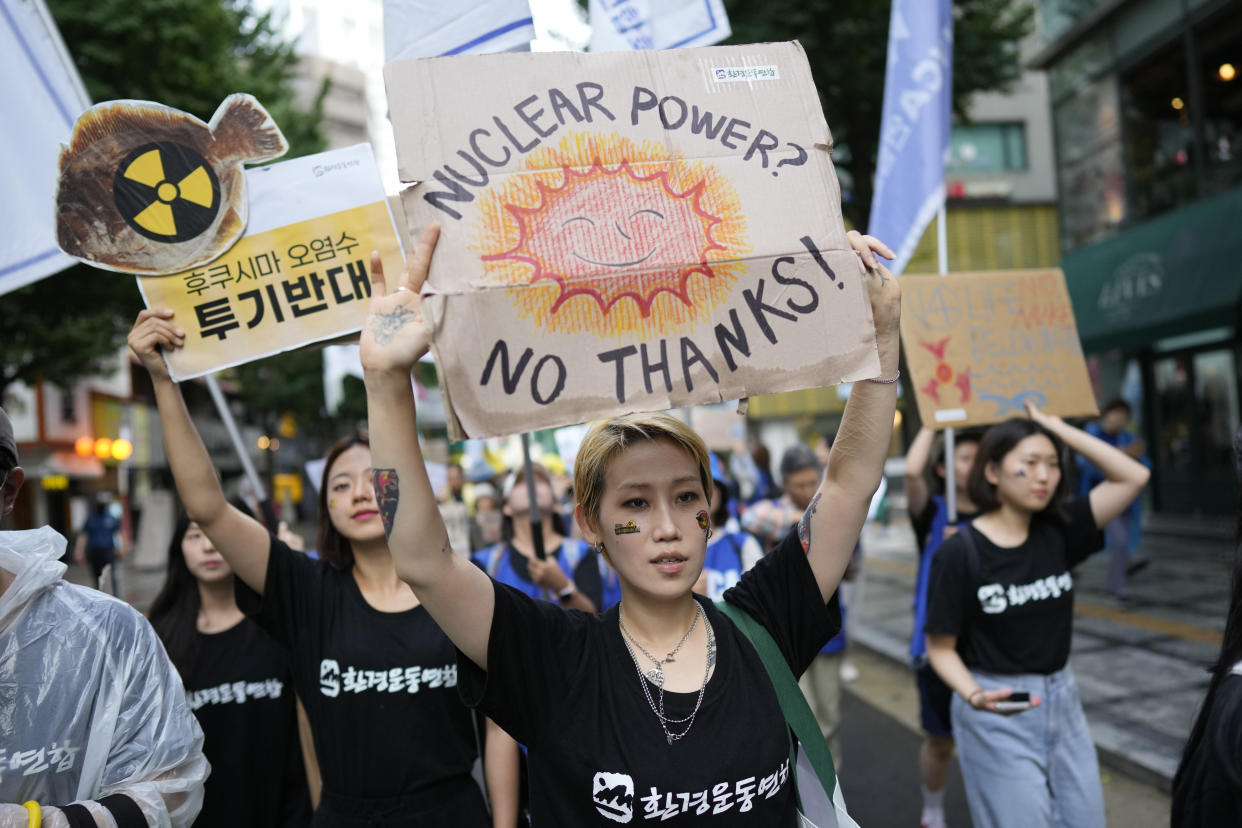Japan's Fukushima nuclear plant will release radioactive wastewater. Here's why.
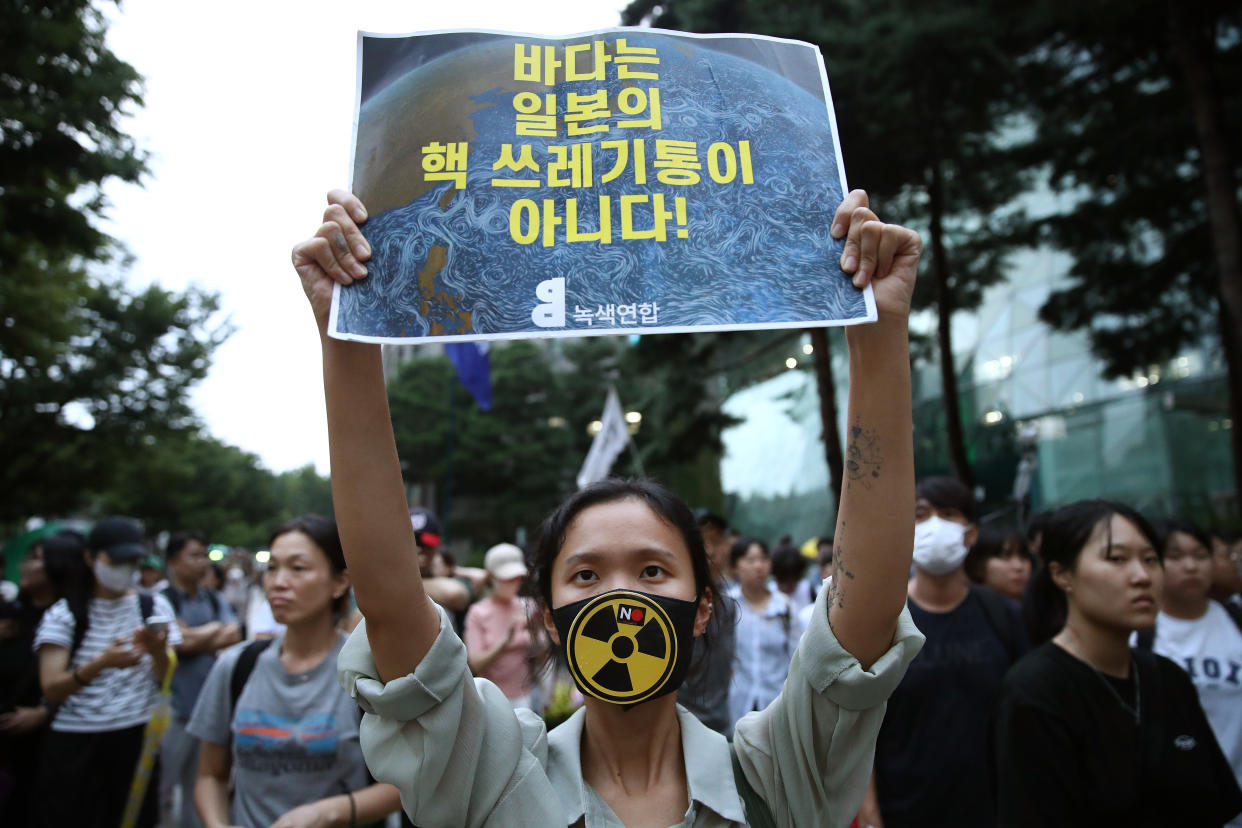
Japan is to release over 1 million metric tons of treated radioactive wastewater from the destroyed Fukushima Daiichi nuclear power plant into the Pacific Ocean, officials announced on Tuesday. Prime Minister Fumio Kishida said wastewater would be released as soon as Thursday, if authorities “encountered no obstacles.” Over the last two years, plans to release the wastewater have been heavily criticized by Japan’s local fishing industry, environmentalists and Chinese officials.
Releasing radioactive wastewater into the ocean might sound like a disastrous idea, but the United Nations has signed off on the plan. Below is everything you need to know.
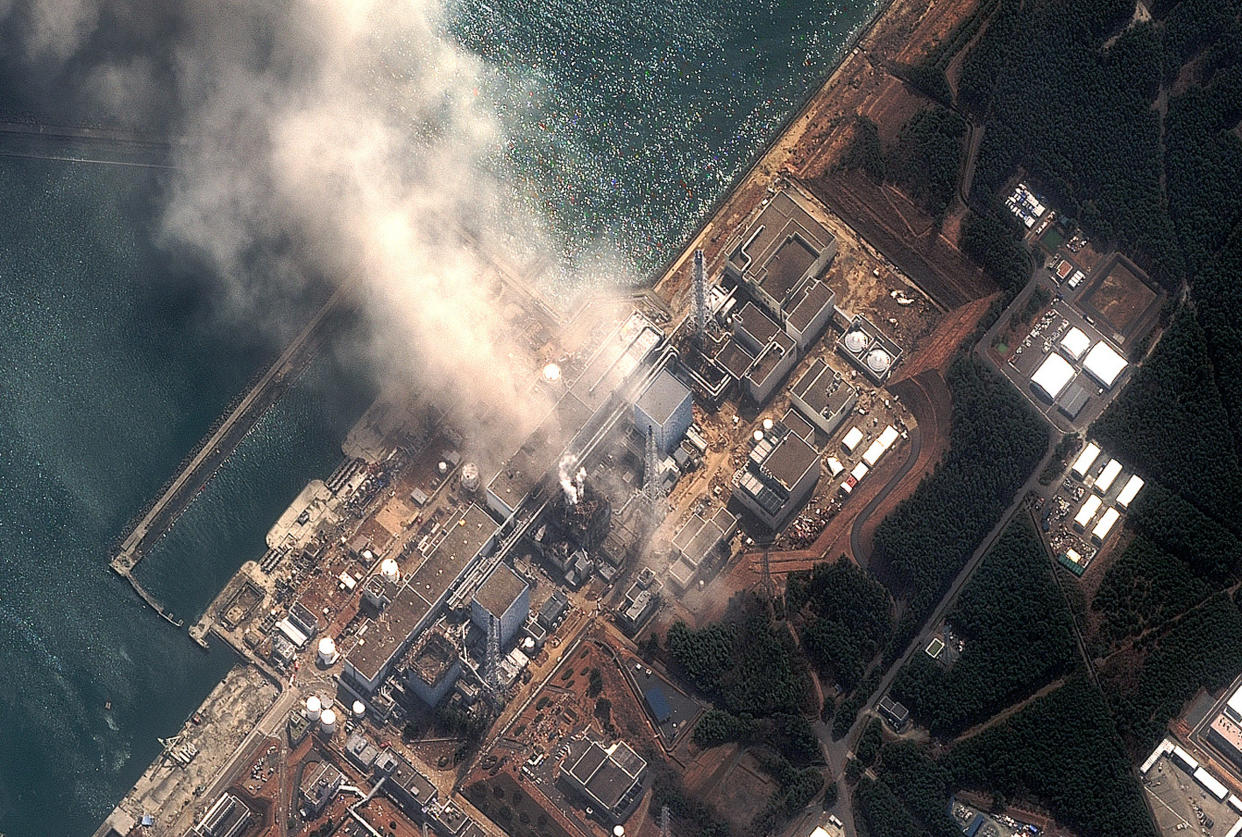
What happened at Fukushima?
In March 2011, Japan was struck by a 9.0 magnitude earthquake with tremors so powerful that it forced the Earth off its axis. Massive waves, some three stories high, made landfall between 10 and 30 minutes after the earthquake. While some emergency protection had been in place, the power plant became flooded, resulting in a nuclear meltdown. As radiation leaked from the destroyed plant, authorities established an exclusion zone and 470,000 people were forced to evacuate. It is regarded as the world’s worst nuclear disaster since Chernobyl in 1986, when an explosion there destroyed a reactor, emitting large amounts of radiation into the atmosphere.
Why is the water being released?
Over the last 12 years, the plant has accumulated 1.34 million tons of contaminated water and has slowly begun to run out of storage space. The water was used to cool reactors that were damaged during the tsunami. As part of the plant’s decommissioning, the water has to be released to prevent any accidental leaks. The contaminated water will be released only after heavy filtration. It will take over 30 years for all of it to be completely released.
Read more on Yahoo News:
Reuters: South Korea sees no scientific problem with Fukushima water release plan
Bloomberg: The science behind Japan's plan to empty nuclear wastewater into Pacific
Sky News: Releasing nuclear waste from Fukushima is safe — but it's destroyed the livelihood of fishermen
Reuters: Hong Kong to ban some Japanese seafood starting Aug. 24
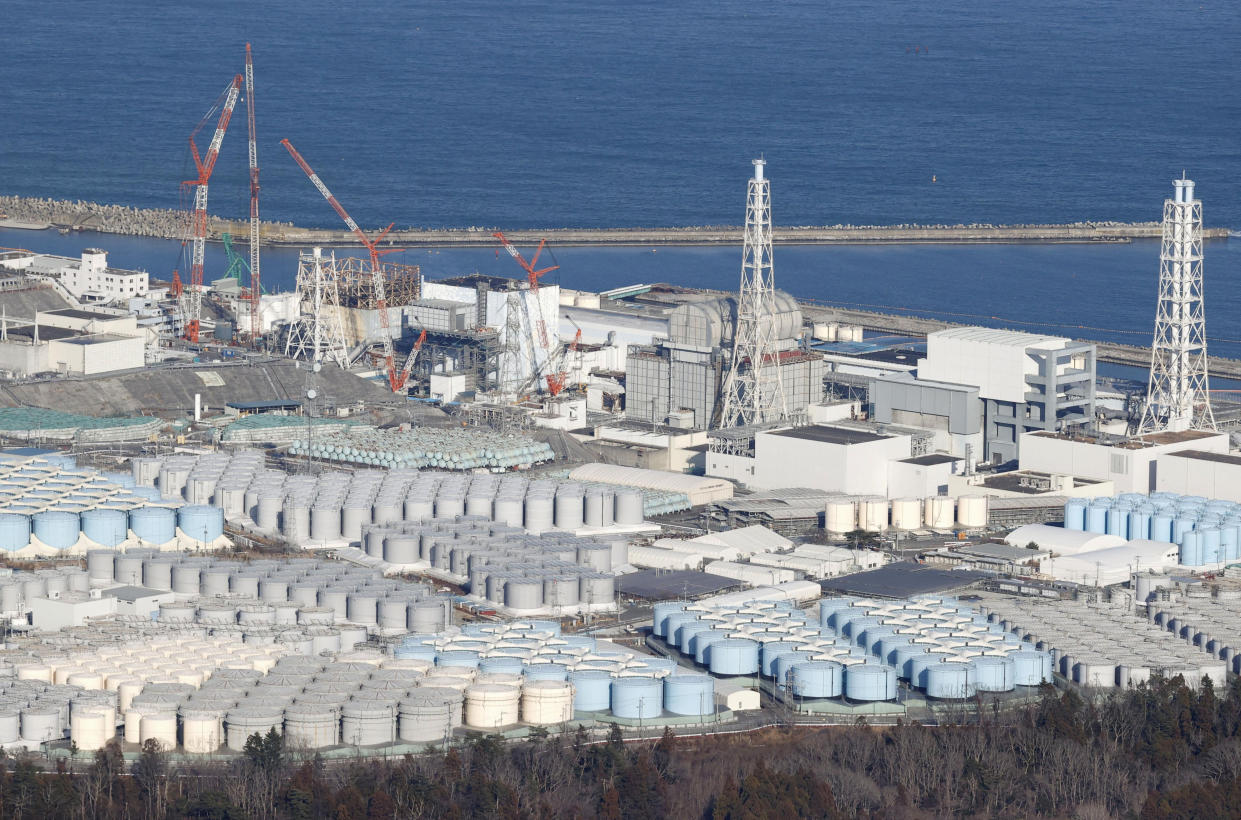
Is it safe?
The United Nations nuclear watchdog, the International Atomic Energy Agency (IAEA), concluded on Monday that Japan’s plans to release the treated radioactive water met international safety standards. Following the IAEA’s report, Japan’s industry minister was forced to deny allegations that his government had pressured IAEA officials to provide a favorable outcome.
How far will the water travel?
The diluted water will be released about half a mile off the coast of Japan through an underground tunnel. It’s not known how far it will travel once it is discharged into the ocean.
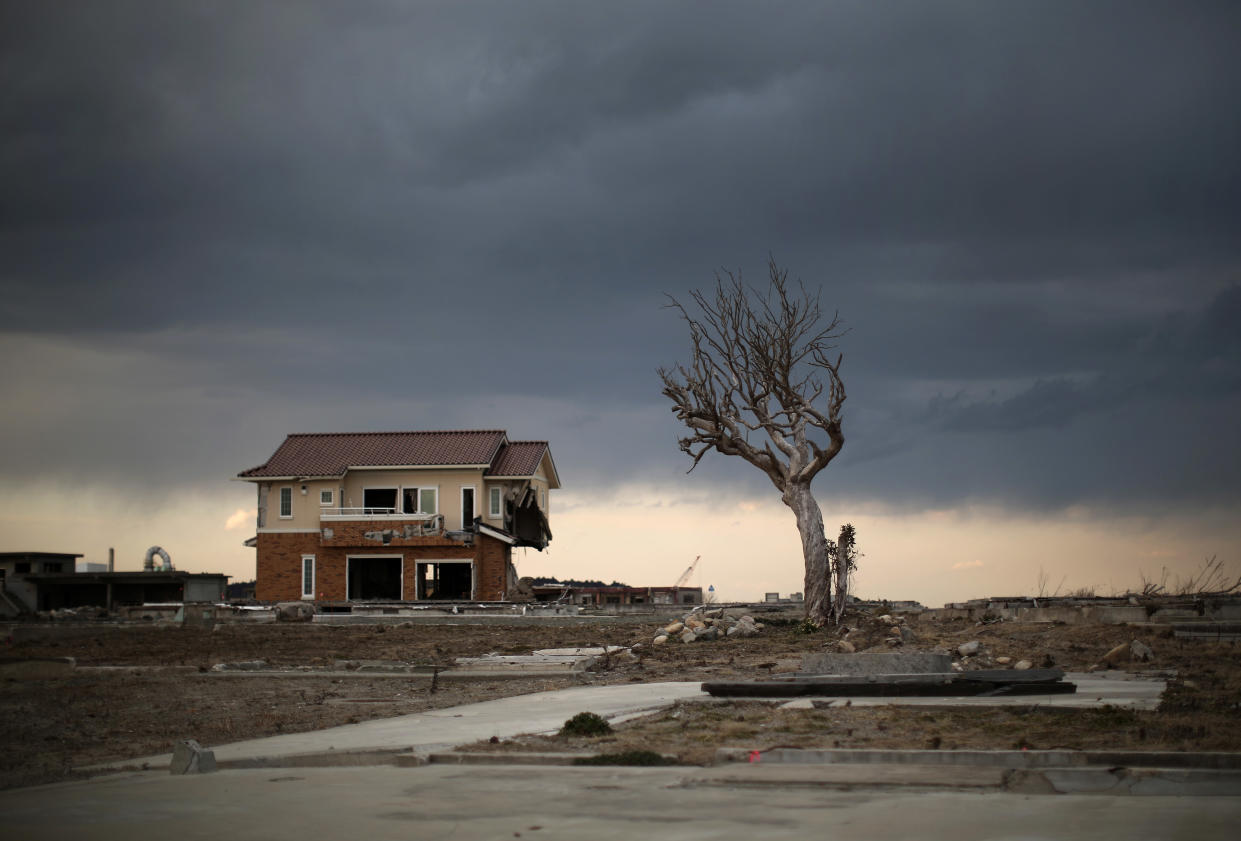
Why have there been objections?
Though the release is scientifically safe, there has been ongoing concern over the levels of tritium in the contaminated water. Tritium, a radioactive isotope of hydrogen, is carcinogenic at high concentrations. However, the water being released into the ocean will be diluted and filtered with very low levels of tritium in it. This is standard practice for nuclear plants around the world, including in the U.S.
With the strong public reaction over radioactivity, the head of Japan’s fisheries told Kishida on Monday that although the wastewater is safe, it will not stop “reputational damage” to fishing groups across the country. In reaction to Tuesday’s news, Hong Kong, Japan's second-largest market, has banned seafood imports over concerns about food safety. The ban is due to begin on Thursday. Hong Kong Chief Executive John Lee called the release “irresponsible” and said he opposed the "impossible risks to food safety and the irreparable pollution and destruction of the marine environment.”
South Korea said that although it did “not necessarily agree with or support the plan,” it did not find any “scientific or technical problems” with the release. Along with China, it too has banned imports from fisheries located near the Fukushima plant. In the run-up to the release, South Koreans have been stockpiling sea salt and other goods over safety fears.
